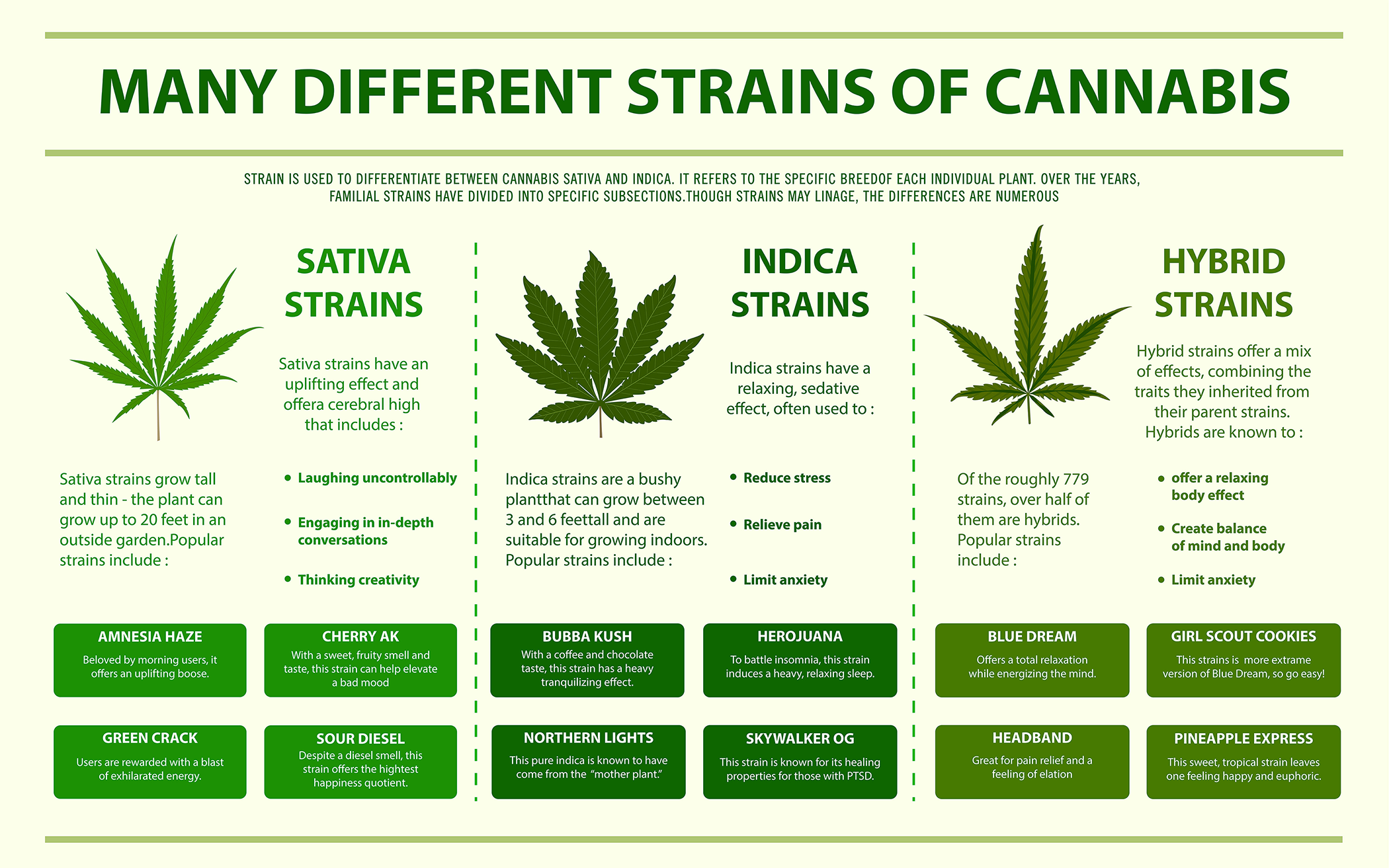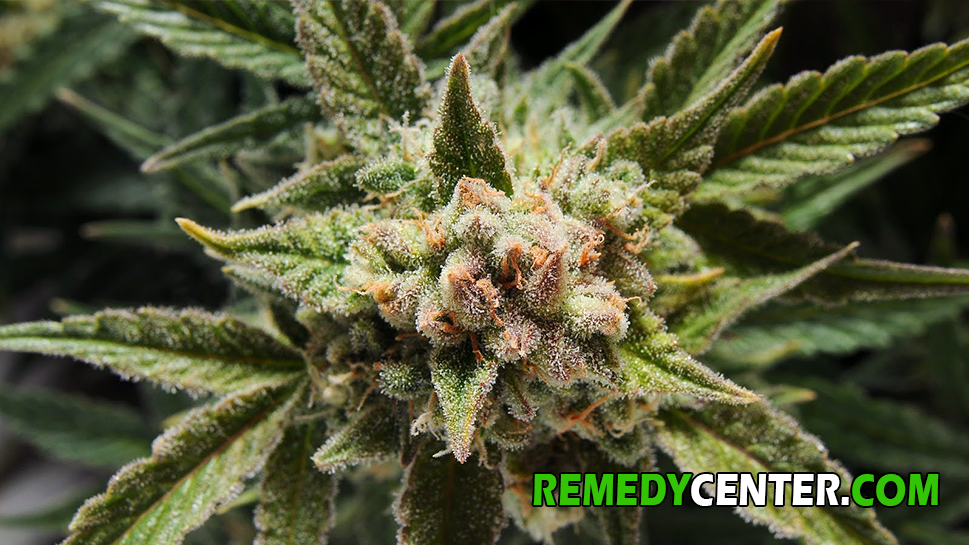
Listen instead Episodes • THC vs. THC-A Your browser does not support the audio element. THC vs. THC-A: Clearing Up the Confusion 1:11 First Things
FREE SHIPPING ON CONTINENTAL U.S. ORDERS OVER $100
In the fascinating world of cannabis, strains are at the heart of the user experience, influencing everything from the sensory aspects of consumption to the therapeutic benefits. Each strain holds a unique profile of flavors, aromas, and effects, making the choice more than just a matter of taste—it’s about finding the perfect match for your needs, whether that’s relaxation, stimulation, or medical relief. Understanding the differences between strains can enhance your appreciation and help you make informed decisions, whether you’re a seasoned consumer or new to cannabis.
Simply put, a cannabis strain is a specific variety of the cannabis plant, selectively bred for certain genetic characteristics like aroma, flavor, the physical form of the plant, and the effects produced when you consume it. A strain is just a genetic variant of the Cannabis species, which includes hemp and marijuana. Each strain has a unique combination of cannabinoids—the active chemicals in cannabis—and terpenes, the compounds responsible for the plant’s smell and a portion of its effects.
With an overwhelming number of strains already available, the cannabis world continues to expand as breeders frequently cross existing genetics to develop new, unique plant lineages. This constant innovation ensures there is always something new to discover, catering to ever-evolving user preferences and needs.
Understanding different strains is crucial because it can affect everything from the high you experience to how well it treats a medical symptom. For instance, some strains might help alleviate anxiety, while others can boost energy and creativity. Knowing the properties of different strains can help you create a more tailored and enjoyable cannabis experience.

Growers have divided cannabis strains into three main categories: sativa, Indica, and Hybrid. Each type has its own set of characteristics that influence the user’s experience. Below, we explore each type and highlight some popular strains to help you understand their unique appeal.
Sativas are mainly characterized by the uplifting and energizing effects users report feeling when they consume them. They are often recommended for daytime use. They promote creativity and focus, making them favorites among artists, musicians, and anyone engaging in creative ventures.
Indicas are best known for their relaxing effects, often leading to a full-body sensation ideal for nighttime use. These strains are commonly utilized for their therapeutic properties, such as reducing anxiety and insomnia. Many people like to use the funny phrase, “indica will put you in da couch,” to remember which type of strain is supposed to be the most relaxing.
Hybrids are cultivated to combine traits from both sativa and Indica varieties. They often balance the cerebral high of Sativas with the physical relaxation of Indicas. The effects can lean towards either side of the spectrum, making them quite versatile.

Terpene profiles, cannabinoid content, and growing conditions are the most significant factors influencing the differences between these strain categories. Terpenes contribute to the strain’s distinct aroma and can also affect its therapeutic properties, while cannabinoids determine the intensity and type of the effects experienced by the user. Growing conditions such as climate, soil, and cultivation procedures also play a crucial role in forming these characteristics.
As the cannabis industry evolves, so do the classification methods for the strains. Traditionally, strains like sativa and indica get categorized by their original genetics and THC-to-CBD ratios. More recently, these classifications have shifted to describe the effects they impart on the user. The industry is moving towards a more detailed system to address the growing variety of hybrid strains, which might feature a mix of characteristics traditionally associated with both indica and sativa, including varying levels of CBD and THC. This new categorization includes the following chemotypes:
This additional layer of classification helps consumers better understand a strain’s chemical makeup and anticipate its possible effects.
In the evolving world of cannabis, the use of hemp-derived cannabinoid blends has become increasingly popular, offering users a wide range of effects that you can fine-tune to your personal needs. These blends leverage the entourage effect to enhance user experiences, which is critical to understanding how different cannabinoids interact.
The entourage effect is the phenomenon where different cannabis compounds—cannabinoids, terpenes, and flavonoids—work together synergistically to produce a more profound impact than any single compound alone. This concept is central in the formulation of hemp-derived products, where the precise combination of these compounds can mimic or enhance the effects of traditional cannabis strains.
Cannabinoids vary in their effects and optimal time of use, influenced by their impact on the body and mind.

The strategic use of these cannabinoids in blends allows manufacturers to create specialized products tailored for specific times of the day, maximizing their effectiveness and user satisfaction.
As the cannabis industry evolves, the traditional concept of strains is being adapted and applied to a variety of product forms beyond just flowers. Vapes, edibles, and concentrates carry the legacy of strain-specific attributes, but with nuances consumers need to understand.
Many vapes and cartridges are marketed with strain names and labeled as indica, hybrid, or sativa, suggesting they offer the same effects and flavors as the flower that inspired them. However, users need to realize that the consistency of these effects can vary. The extraction process used to create vape oils can strip away some of the terpenes and minor cannabinoids that contribute to the full spectrum effect of the original strain. Manufacturers often reintroduce terpenes to mimic the original profile, but the experience might differ from smoking the flower.
Concentrates like wax, shatter, and resin are known for their high potency, and manufacturers derive them from specific cannabis strains. While they do concentrate the psychoactive THC, they may also lose some of the subtler components of the strain’s terpene profile during extraction. The loss of cannabis-derived terpenes can affect the anticipated flavor and therapeutic effects. Some ultra-refined products might only retain the THC, making them more about potency than the nuanced experience of a particular strain.
Edibles traditionally don’t specify strains but focus on the type and amount of cannabinoids contained within. The reason is because the heating process required to make edibles can alter terpenes and other compounds, changing the effects compared to the original strain. Manufacturers might use blends of cannabinoids to create desired effects—such as relaxation or alertness—tailoring products for daytime or nighttime use without directly linking them to a specific strain.

Exploring the vast landscape of cannabis strains is as fascinating as it is beneficial, offering a doorway to a vast array of sensory and therapeutic experiences. From the lively, creative highs offered by sativas to the soothing, relaxing effects of indicas and the balanced harmony of hybrids, there is a strain to suit every preference and need. As we explore the expanding hemp-derived product market, understanding traditional strains’ influence on modern products like vapes, concentrates, and edibles becomes increasingly essential. Remember, while the names may be the same, the delivery form can change the experience, so consider product descriptions and lab results as your guide. By cultivating a deeper understanding of cannabis strains and their effects, users can more effectively tailor their choices to enhance their personal enjoyment and health benefits. Happy exploring!
A: Consult with a healthcare provider familiar with cannabis use for specific medical conditions. They can recommend strains known to address your symptoms effectively.
A: Not necessarily. Hybrid strains can vary significantly in their sativa-indica ratio, from nearly balanced to predominantly one type with only a hint of the other.
A: Yes, environmental factors, growing techniques, and genetics can cause variations in a strain, even if the strain name is the same across dispensaries.
A: They are generally reliable but can vary slightly due to differences in testing methods and natural variation in plant batches. Always refer to the lab results for the most accurate information.
A: Terpenes are aromatic compounds that influence the scent and taste in strains and can affect their effects, enhancing their medicinal properties and the overall experience. You can find terpenes in many types of plants, but they are commonly associated with cannabis plants and products.
A: The amount of time it takes for the effects to fade can vary depending on the strain, consumption method, and individual metabolism, but typically, effects last 1 to 3 hours or longer.
A: Discontinue using the strain and consider strains with different cannabinoid and terpene profiles that might not produce these side effects.
A: This depends on your local laws. Some regions allow home cultivation with limits on the number of plants, while others prohibit it entirely. Always check local regulations before starting.
A: Many growers specialize in organic methods, avoiding synthetic pesticides and fertilizers. Look for certifications or ask your dispensary to confirm organic practices.
A: Store cannabis in a cool, dark place in a sealed container to keep the terpenes and cannabinoids in the bud fresh. Avoid exposure to heat, light, and moisture.
Written By Brice Bennett | Published on 10/15/2024

Listen instead Episodes • THC vs. THC-A Your browser does not support the audio element. THC vs. THC-A: Clearing Up the Confusion 1:11 First Things

Listen instead 3 Episodes • THC Edible Insights Your browser does not support the audio element. What is a Safe Amount of THC to Take
Navigating the Benefits of CBD Oil: What You Need to Know CBD oil has become a key player in the world of natural remedies, offering
All Aboard The Strain Train In the fascinating world of cannabis, strains are at the heart of the user experience, influencing everything from the sensory
Brief History of Psychedelic Mushrooms and Their Traditional Use Mushrooms have been part of human history for thousands of years, utilized across various cultures for
Navigating the World of Sexual Enhancement Gummies & Other Options In the quest for improved intimacy and heightened sexual experiences, individuals today have more options
